Agave Angustifolia Profile
Written by Iris
Oct 22 2021
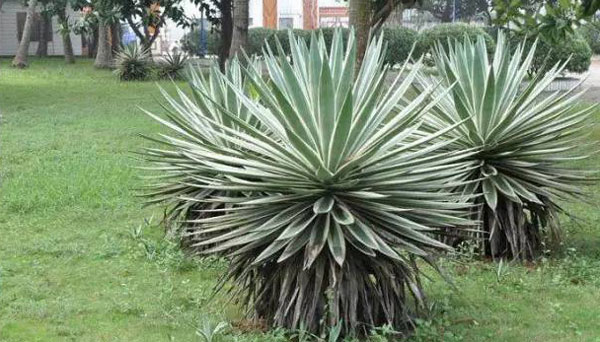
Agave Angustifolia is not common in cultivation, having green leaves with marginal bands of bright white. The Agave Angustifolia leaves are borne from a very short trunk. Agave Angustifolia’s tight rosette of stiff, sword-shaped leaves, each up to 3 feet long and 2 inches wide, makes a dramatic statement in the landscape and is much favored for use in rock gardens. The sharp spine at the tip of its toothed leaves is often removed to protect people and pets. Locate Agave Angustifolia at least 6 feet away from walks and other areas where people could contact the spiny foliage.
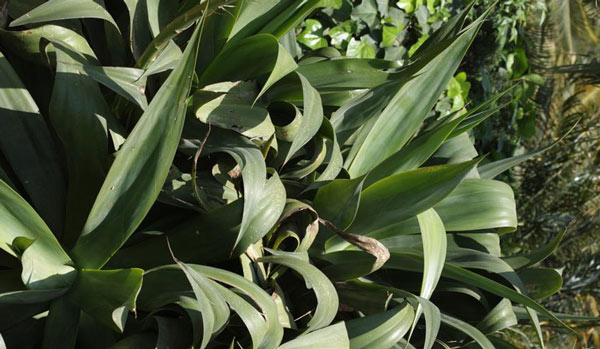
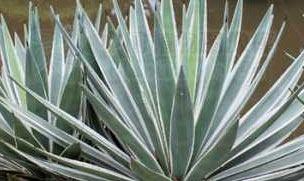
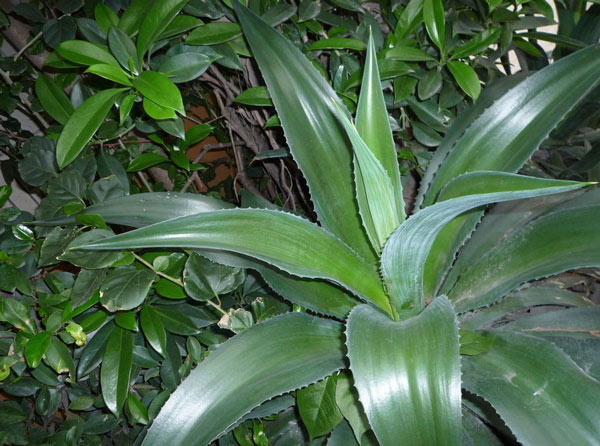
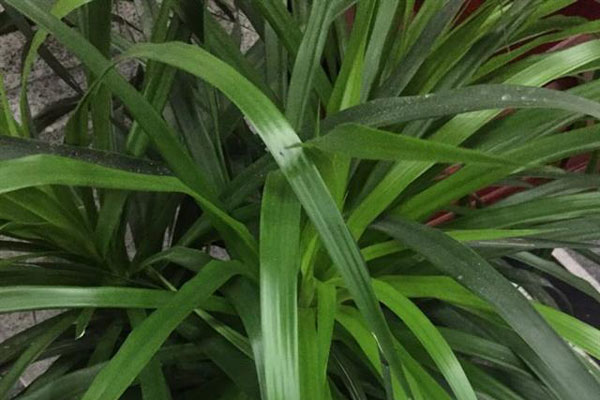

Agave attenuata: This is a popular spineless variety, also known as the foxtail or dragon-tree agave. It grows around 4 to 5 feet tall and a bit wider.
Agave parviflora: Its leaves have white markings and curling filaments that give it a hairy look. It only gets about 6 inches tall and blooms in six to eight years with green flowers.
Agave tequilana azul: Weber's blue agave is used to make tequila, but it is also a very attractive garden plant, reaching upward of 6 feet tall and flowering in six to eight years with yellow blooms.
Agave victoria-reginae: As this plant matures its broad leaves cup inward, forming a dome. It reaches a height of about a foot, and cream flowers appear in 20 to 30 years.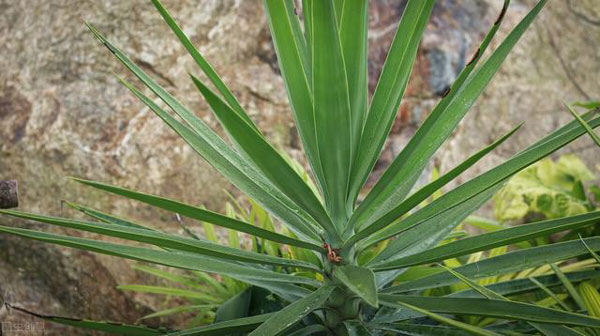
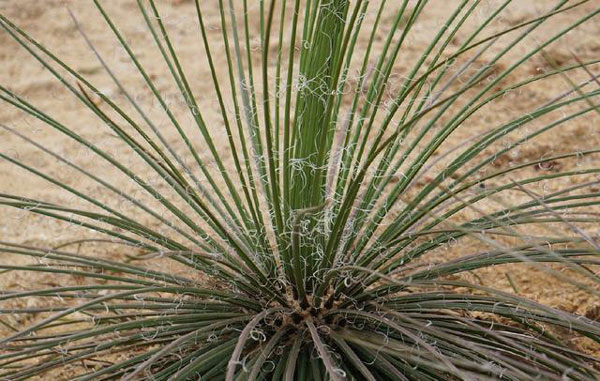
Agave Angustifolia PictureAgave Angustifolia InfoAgave Angustifolia Native HabitsAgave Angustifolia DistributionHow to Grow & Care for Agave AngustifoliaHow to Grow Agave AngustifoliaHow to Care for Agave AngustifoliaAgave Angustifolia UsesVarieties of AgaveAgave Angustifolia Common Pests/DiseasesAgave Angustifolia Design Tips
Agave Angustifolia Picture

Agave Angustifolia Info
| Common Name | century plant, variegated Caribbean agave |
| Botanical Name | Agave Angustifolia |
| Family | Asparagaceae |
| Plant Type | Perennial, succulent |
| Mature Size | 1–20 ft. tall, 1–10 ft. wide (depends on variety) |
| Sun Exposure | Full |
| Soil Type | Sandy, well-drained |
| Soil pH | Acidic, neutral |
Agave Angustifolia Native Habits
Agave Angustifolia is best known to be a beautiful looking succulent. As the Agave Angustifolia matures expect it to reach up to 1.2 m (4ft) tall and around 80 cm (30″) in diameter. Agave Angustifolia main feature are the long green sword like leaves with sharp pointed ends. When the Agave Angustifolia produces flowers expect green floweres.Agave Angustifolia Distribution
Use Agave Angustifolia in containers or as a specimen in desert or tropical landscape settings. This handsome looking plant is native to Tamaulipas, Mexico and south to Guatemala, Costa Rica, and throughout the Caribbean, where it grows on open, rocky slopes.
How to Grow & Care for Agave Angustifolia
How to Grow Agave Angustifolia
Agave Angustifolia can be propagated by cuttings, leaves, offsets or seeds. This succulent type does not require repotting often. Of course, the first-time repotting is essential when Agave Angustifolia is bought from the store. You can learn all about How To Repot Succulents in our guide. Like all the other succulent types, a well-drained soil mixture is essential.- With Seeds
- With Cuttings
- With Leaves
- With Offsets

How to Care for Agave Angustifolia
- Light
- Soil
- Water
- Temperature and Humidity
- Fertilizer

Agave Angustifolia Uses
Caribbean Aagave is a hardy survivor, tolerating heat, drought, and salty seaside conditions. Little if any irrigation is needed to maintain the plant once established. Agave Angustifolia grows best in full sun but can adapt to some shade. After 10 years or more (though not a century), a lofty flower spike is produced, with terminal panicles of pale yellow to white blooms. Agave Angustifolia can be used in residences as a free-standing specimen and is usually not planted in mass due to its unusual color and form. Due to its large size and striking habit and color, most residences only need one of these. Larger commercial landscapes have room for multiple mass plantings which can create a dramatic impact.
Varieties of Agave
There are many agave species that range in size and appearance, including:Agave attenuata: This is a popular spineless variety, also known as the foxtail or dragon-tree agave. It grows around 4 to 5 feet tall and a bit wider.
Agave parviflora: Its leaves have white markings and curling filaments that give it a hairy look. It only gets about 6 inches tall and blooms in six to eight years with green flowers.
Agave tequilana azul: Weber's blue agave is used to make tequila, but it is also a very attractive garden plant, reaching upward of 6 feet tall and flowering in six to eight years with yellow blooms.
Agave victoria-reginae: As this plant matures its broad leaves cup inward, forming a dome. It reaches a height of about a foot, and cream flowers appear in 20 to 30 years.

Agave Angustifolia Common Pests/Diseases
Agaves generally have very few problems with pests and diseases. However, the agave snout weevil can burrow into a plant's center to lay its eggs, causing the Agave Angustifolia plant to collapse. Unfortunately, you probably won't notice this until it's too late to save the plant. So instead remove the plant to avoid the pests spreading to any other agaves you might have.
Agave Angustifolia Design Tips
The architectural form, coarse texture, and dramatic color of the variegated Caribbean agave make it perfect as a specimen plant in highly visible spaces in the landscape. Use with companion plants that are softer, with small foliage and mounding or spreading forms to contrast and highlight the tight rosette of the leaves. Pairing with plants that have more texture and small foliage will also contrast with the large, smooth, stiff leaves. To highlight the white margins in the leaves use dark green foliage or plants with small to medium flowers with cool bright colors, such as purples, blues, and corals. Another option is to build on the white theme with plants that have white flowers. Large flowers with a mass of soft petals will create more interest with contrast. Large masses of low-growing companion plants around the base or in front of the agave will create a nice setting to show off the form.Latest Updated
- Benefits of Bugleweed - 7 Science-backed Health Benefits
- Bugleweed Dangers & Side Effects - Is It Poisonous?
- How to Plant Evergreen Trees - What You Should Know
- When to Plant Evergreens - Grow Guide for Evergreen Trees
- 12 Wonderful Evergreen Shrubs for Your Garden
- 12 Popular Evergreen Plants with Pictures for Beginners
- When And How To Prune A Lilac Bush Like a Pro
- How to Grow & Care for Lilac Vine (Hardenbergia Violacea)
- Japanese Lilac Tree (Syringa Reticulata) Care & Propagation Guide
- Shumard Oak Pros and Cons - What to Know
Popular Articles
- Winter maintenance of Antirrhinum Majus
- How to Grow Terminalia Mantaly Tree
- How to Grow and Care for Crossostephium Chinense
- How to grow Antirrhinum Majus in spring
- Peristeria Elata (Dove Orchid) Profile: Info & Care Guide
- Underwatered Snake Plant (Sansevieria Trifasciata) - Signs And How To Fix
- How to Care for Brazilian Jasmine Plant (Mandevilla Sanderi)
- How to Grow & Care for Graptopetalum Purple Delight in Summer
- Rosa Chinensis (China Rose): Plant Growing & Care Tips
- How to Care for Baby Sun Rose (Aptenia Cordifolia)